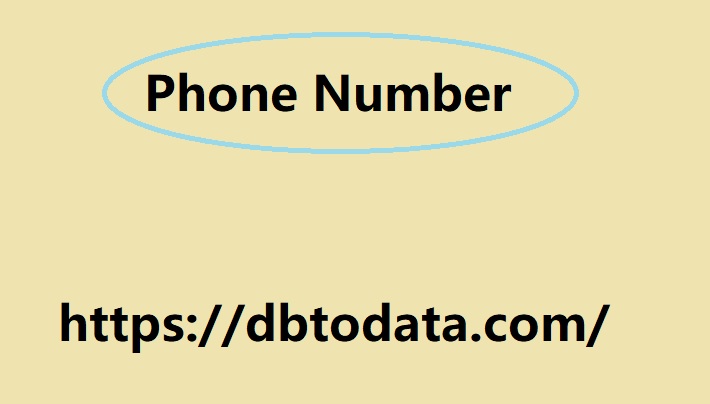I would like to share this with my publisher clients when trying to convince them to adopt authorship markup. Aggregate Review (schema) can be very useful for categories or index pages with multiple items. For example, the SERP visibility by main category page for “Thin Screen TVs” on a sales site, or the listing page for “Hotels” on a site that introduces lodging in the area. Main category pages are navigational or interstitial pages that often lack rich snippet markup, making them difficult to rank for. The microformat “Aggregate Reviews” may find Its way as a schema for such pages.
There was a time when I wasn’t sure whether
I should stick with the old microformat markup, RDFa, move to schema (microdata), or use both at the same time. I believe that schema is now well-supported and that the environment is now set for a australian contact info databases complete migration to schema without hesitation. Marcus Tovar said that schema markup is very advantageous and that for some specific types of content, schema is the only weapon you have in terms of rankings and performance. In her presentation, Julia Gose explained how the use of schema has helped Yahoo!. Carousel of Images in Yahoo! Recipe Search Results Depending on the page and content type, in some cases one type of rich snippet will be more valuable than another.
In these cases, site publishers need to control

Advantages and screening schemas. However, the suggestion that blogs that used author markup in the SERPs didn’t perform as well as Food.com’s rich recipe snippets seemed a bit unreliable. This Cambodia Phone Number List is because blog pages with author Markup were ranked first. However, a snippet that has a thumbnail image of the food in. Addition to the recipe details may be more clickable than a snippet that shows the author’s name and face. However, I have proven that Google shows a recipe + authorship hybrid at the same time.






